
Last summer, TRP EVO-lutionized their brake lineup, adding features that were first seen on the e-bike inspired DHR-EVO brakes to other models in their lineup. The TRP DHR-EVOs started out as heavy-duty e-bike brakes and eventually made their way to the TRP downhill athletes’ cockpits, but they are still a pricey brake for many people at $260 per wheel.
By adding some of those features, like thicker rotors, a wider, stiffer brake hose, and a stiffer caliper, and ditching some of the elegant touches like the polished surfaces, the TRP Slate EVOs gain some power over the previous Slate T4s with a small price bump. The Slate EVOs are only $20 more per wheel than the T4s and retail for $140 per wheel; a respectable price for a husky mid-level trail bike brake.

TRP Slate EVO Brakes Specs
As mentioned, the TRP Slate Evos have some new tricks up their sleeves. The lever blade has been reshaped for improved ergonomics and the master cylinder uses a 10mm piston for a more powerful lever throw. There’s an adjustable lever reach in the same spot as the T4 and the brake levers use a hinged lever clamp. This is the only option which does make compatibility more tricky in some cases, though it has I-Spec B and EV compatibility. TRP is making adapters now to make brakes and shifters a little more mate-able.
The fluid channels inside the caliper have been smoothed out for better oil flow, and it now uses the same pads and mineral oil used in the DHR-EVO. The Slate EVO caliper is also designed around the thicker 2.3mm rotors that the DHR-EVOs use.
Overall, the EVOs don’t look much different than the T4s. The lever blade is slightly different on the Evos and the caliper looks a little less pudgy, but other than that, the aesthetics are pretty similar. The TRP Slate EVOs weigh 315g per set — about the same as a DHR EVO.

Set up and slow down
TRP makes the installation pretty simple with their EZ-Plug. This isn’t much different than installing most brakes — measure twice, cut once, install the barb and olive, and hook the hose into the master cylinder. As long as you don’t squeeze the lever on accident during installation, you shouldn’t have to bleed them.
Unfortunately the EZ plug, or the O-ring around the barb, was too wide to comfortably slide through the internal hose ports on my frame, so I had to cut the plug and slug some brake fluid through the frame tube. Other than that, there were no surprises during installation. I paired the brakes with a set of 180mm TRP rotors on my trail bike.
Compared to other brake pads, TRP’s resin pads do feel like they bed in and mesh with the rotors rather quickly. After a few sprints and stops up and down my street, they were ready for a trail descent.
My baseline for the TRP Slate EVOs was solid: I had the DHR-EVOs installed on my bike previously and had spent the summer experiencing the Slate T4s on a Canfield Tilt test bike. The Slate T4s had been a fine brake on the Canfield, but they were not the most powerful. The bite point wasn’t particularly prominent, but they had been a reliable and unwavering brake on our testing over the summer.
Jumping to the Slate EVOs, the lever actuation does feel lighter and there is a harder bite than the T4s when the pads make full contact with the rotors. The ergonomics feel similar to the DHR-EVOs, which is to say they feel good, at least in regards to my own small-medium-ish mitts. I still have a centimeter or so of adjustment if I needed them closer to the bars.
My index finger likes to saddle up to the outward-most point in any lever and I feel like I can easily squeeze the available power from the Slate EVOs with a fairly light one-finger pull. Braking was noticeably less straining than the T4s, especially on longer downhills, although they are still a long way off from the iron grip of the DHR-EVOs, which seem to fend off heat no matter how long the descent.
As mentioned I’ve had the TRP Slate EVOs paired with 180mm rotors on my trail bike for a slightly lighter set up. On longer descents the brakes lose some of their stopping power. When the weather warms up again, I’ll likely throw on a 200mm rotor up front.


The actuation feel of the Slate EVOs hasn’t changed a hair since I installed them. The DHR-EVOs held consistently for about a year, until I bled them and I spent much of last summer trying to correct a seemingly circular and repeating contamination issue. The bleed ports on TRP calipers use a bleed screw like most any other caliper, though there’s no rubber O-ring on the bleed screw, which seemed to be a culprit of the contamination issue on the DHR-EVOs, but only after I bled them the first time. Like the DHR-EVOs, the Slate EVO calipers seem to attract a lot of dirt right around that bleed port, though I haven’t had any contamination issues or inconsistency with the Slates yet.
TRP says that the bleed ports on the calipers need to be torqued to 6Nm for a proper seal and the seal is created by driving the screw into the base of the port. If this isn’t tightened to 6Nm, there is a chance of the port weeping oil. On the master cylinder, there is a rubber O-ring and the torque spec is 1Nm.


Pros and cons of the TRP Slate Evo 4-piston brakes
Pros
- Solid price for performance
- Good stoping power for trail bikes
- Improved looks over Slate T4
- Consistent power and performance
Cons
- Just as heavy as more powerful brakes
- There are more powerful options for not a ton more money
Closing thoughts
Overall, my experience with the TRP Slate EVOs has been good. They are not the most rotor-clenching mountain bike brakes on the market, but they have been reliable and consistent with respectable stopping power considering the price. For only $20 more than the Slate T4s, I see them as money well spent and it’s an appreciable difference in performance. At $140, this puts the Slate EVOs in the ring with the Magura MT5s and SRAM’s G2 R brakes. Choosing between the Maguras and TRPs is a much harder choice (for me) than the TRPs and SRAMs, and the Slate EVOs are still about $50 less expensive per brake than the Shimano SLX 4-piston brakes.
At $210, it’s still another $70 per brake jump between the TRP Slate EVO and the next-in-line Trail EVO, which seems to take most of the DHR-EVO’s attributes in a more aesthetically muted package. There were many times when the DHR-EVOs were much more power than I needed on my 130mm trail bike, where the Slate Evo’s stopping power now feels like a perfect fit.
This post has been updated with additional information from TRP.





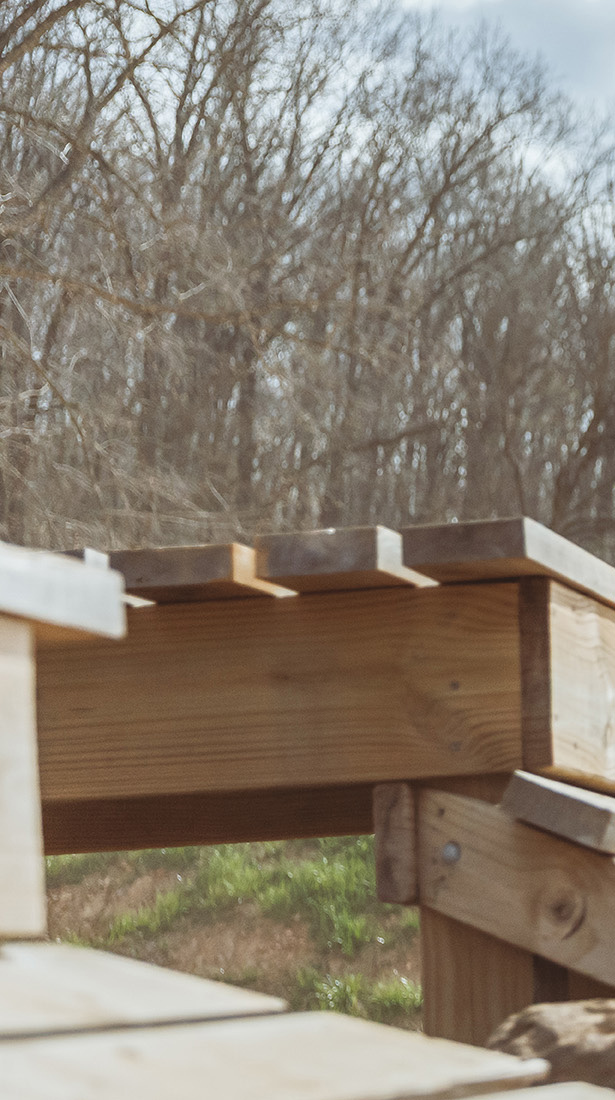


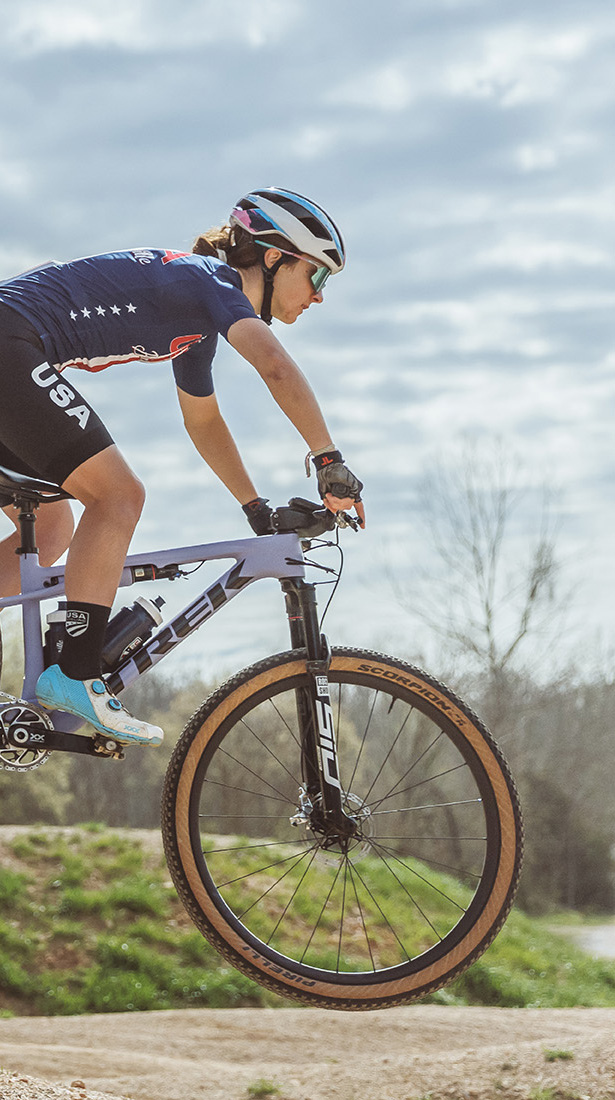

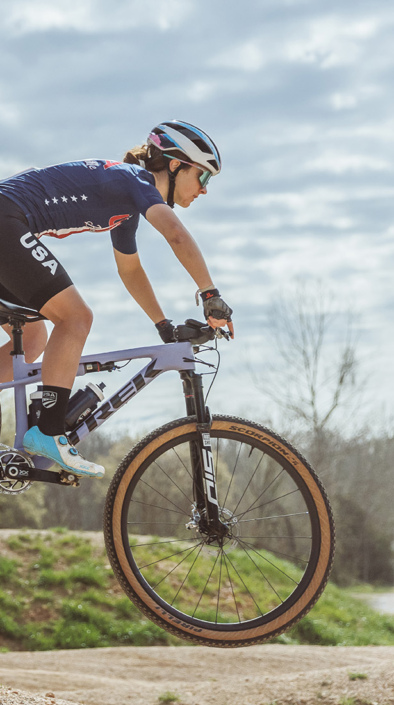

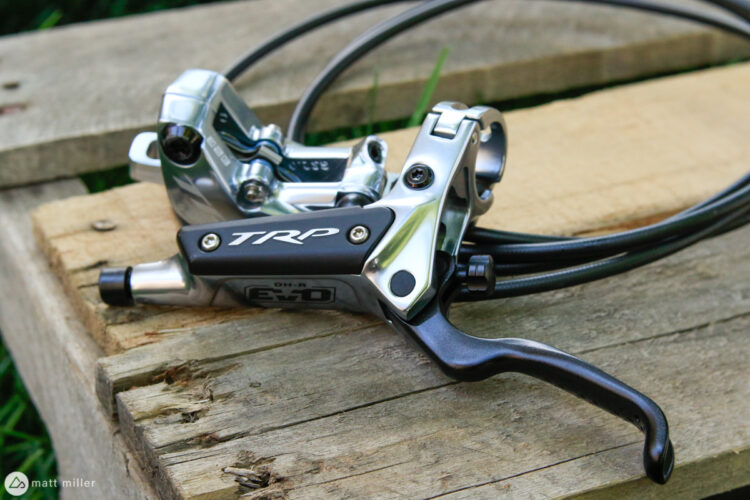


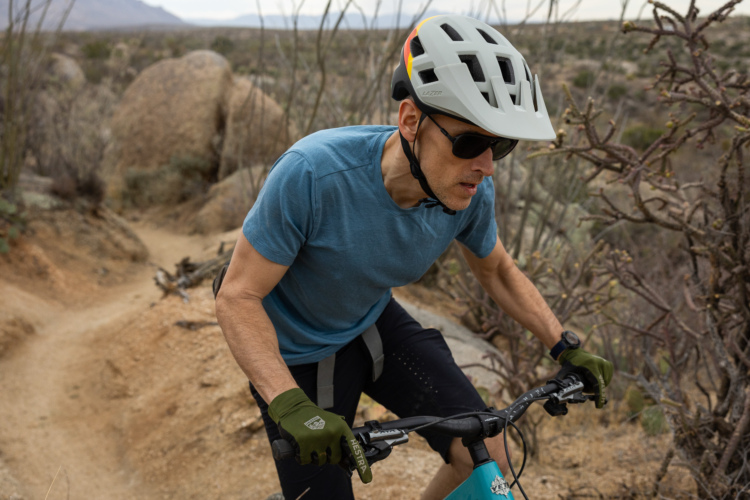
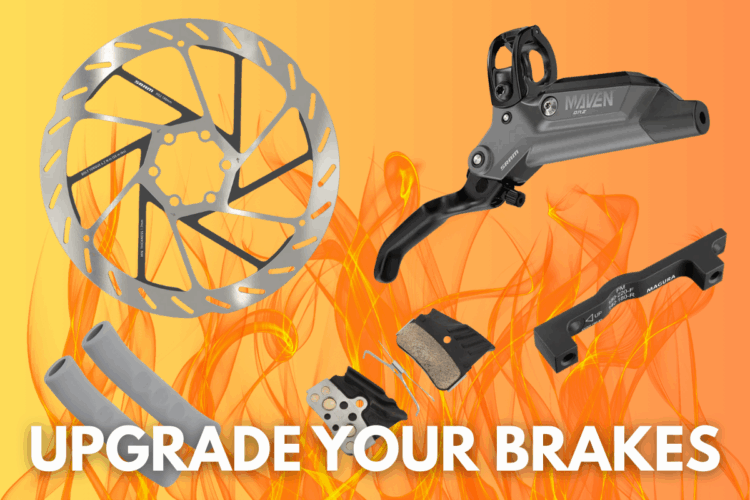
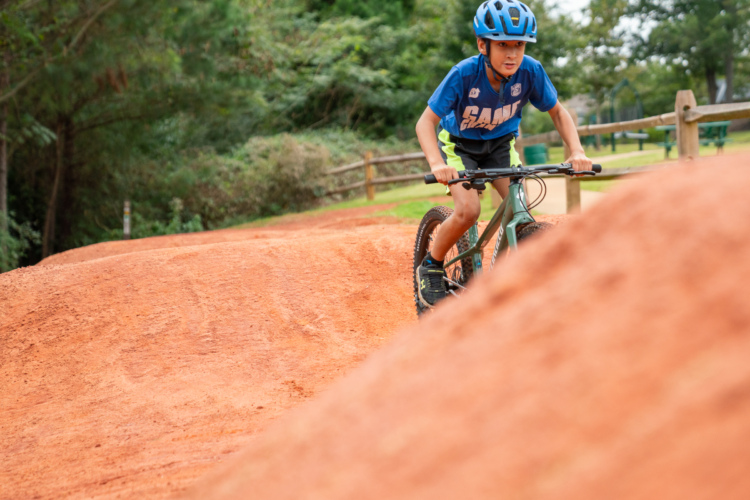
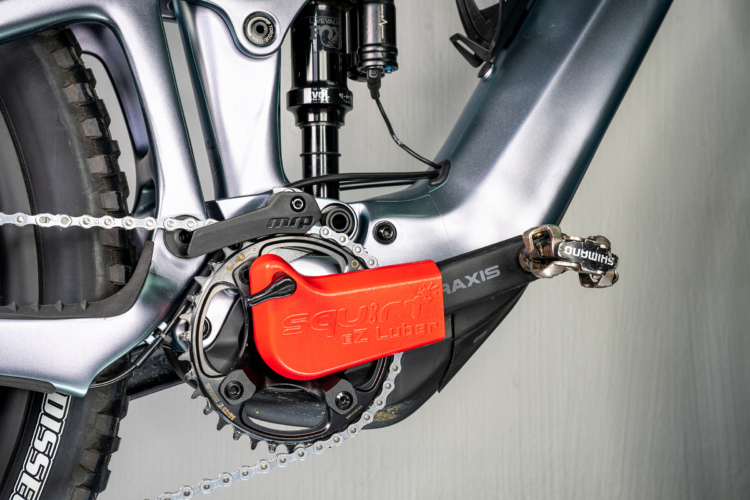


4 Comments
Jul 28, 2023
Feb 16, 2022
Feb 16, 2022
Feb 16, 2022